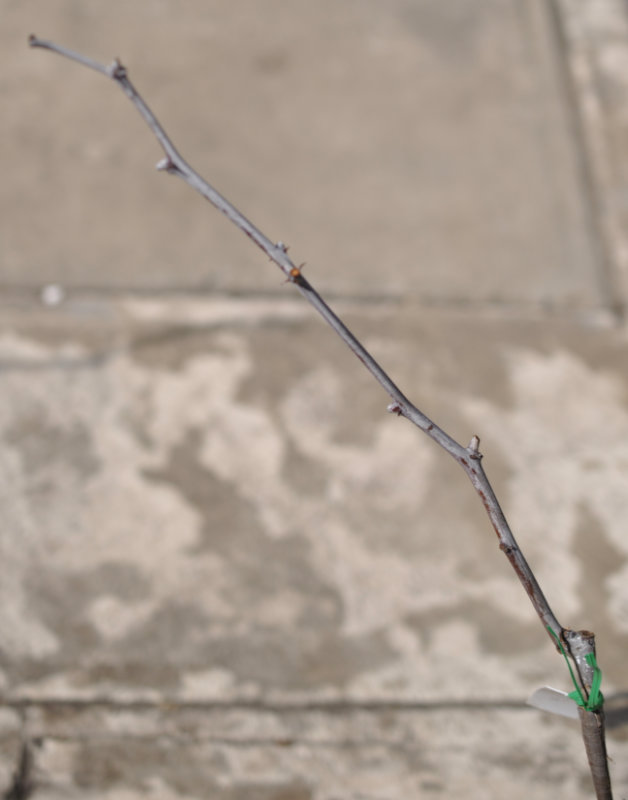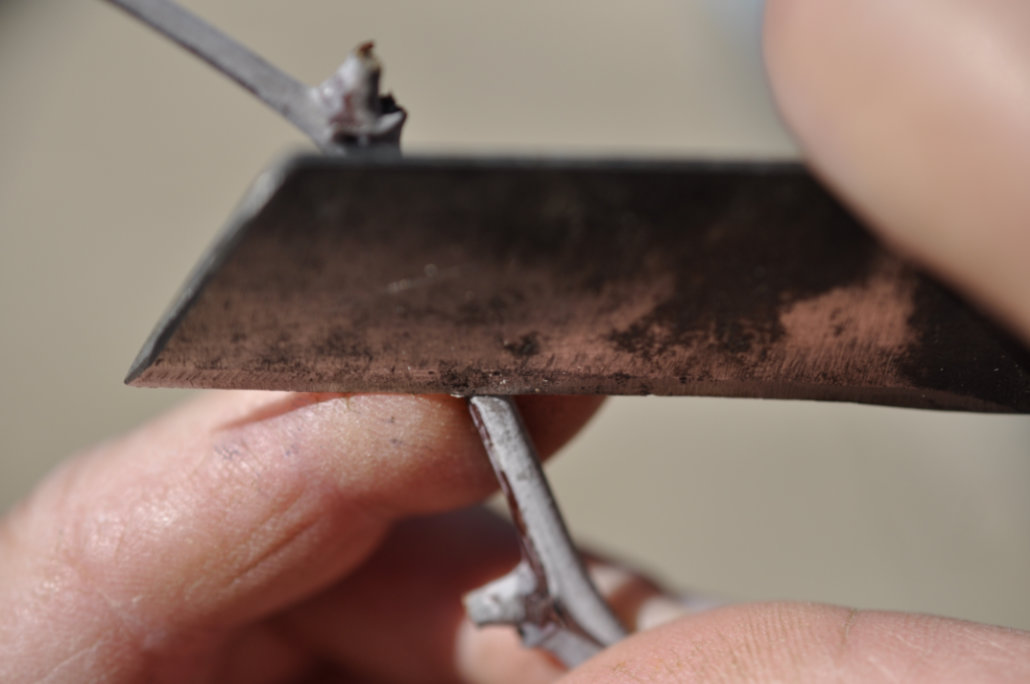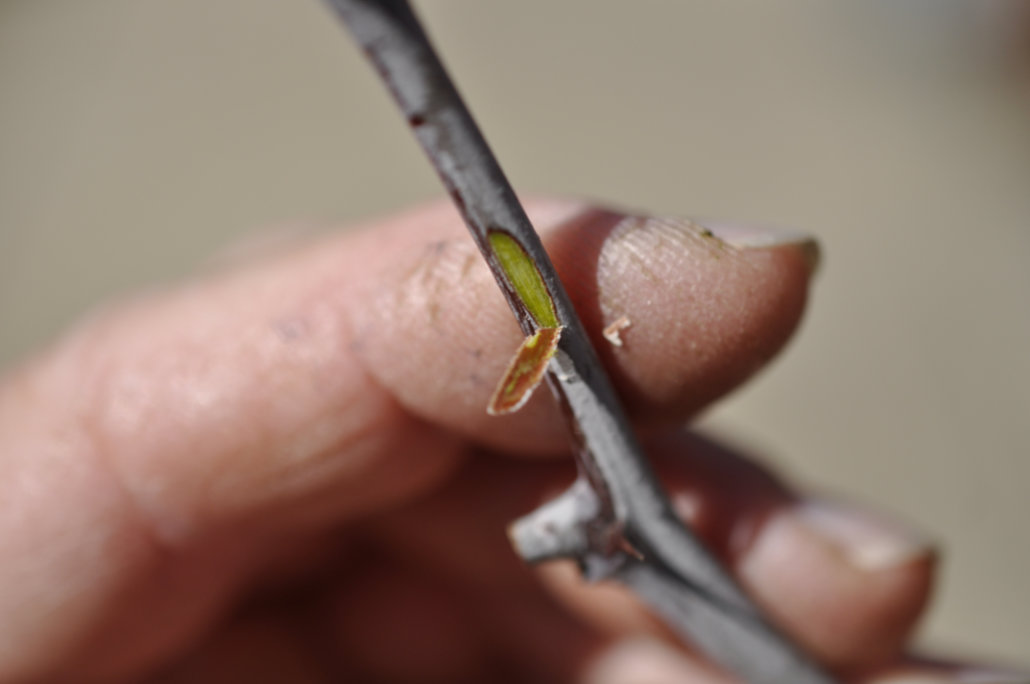Signs a Jujube Tree is Awakening From Dormancy
Here is a typical young tree as it would arrive:

© Optimate Group Pty Ltd
Not exactly much to look at is there?!
And sometimes it may sit there like that for days or weeks, looking like a lifeless stick.
It is quite understandable that people become anxious when there are no obvious signs of life such as budding and leaf development.
Here is how to tell both externally and internally that this little stick is awakening from dormancy.
External Confirmation
Let’s zoom in closer:

© Optimate Group Pty Ltd
Last year’s wood always develops a rich mahogany flush along its length prior to bud burst. Very young wood which formed late in last year’s season may turn completely red-brown, while wood which formed early in last year’s season will be some combination of red-brown and grey.
This mahogany flush is also very noticeable around the nodes where the buds are.
Internal Confirmation
The sap begins to rise in an awakening tree, but to see this we must scrape the bark. This does not cause any harm to the tree.
Simply take any sharp blade and place the edge at right angles to the trunk (and no, that isn’t a dirty blade! It’s a homemade knife from old steel in need of a polish):

© Optimate Group Pty Ltd
Scrape downwards to cut away a small piece of the outer bark and reveal the underlying sap:

© Optimate Group Pty Ltd
This vivid lime green colour is the sign of a tree getting ready for spring.
About the Author
BSc(Hons), U.Syd. - double major in biochemistry and microbiology, with honours in microbiology
PhD, U.Syd - soil microbiology
Stumbled into IT and publishing of all things.
Discovered jujube trees and realised that perhaps I should have been an agronomist...
So I combined all the above passions and interests into this website and its blog and manuals, on which I write about botany, soil chemistry, soil microbiology and biochemistry - and yes, jujubes too!
Please help me buy a plant if you found this article interesting or useful!